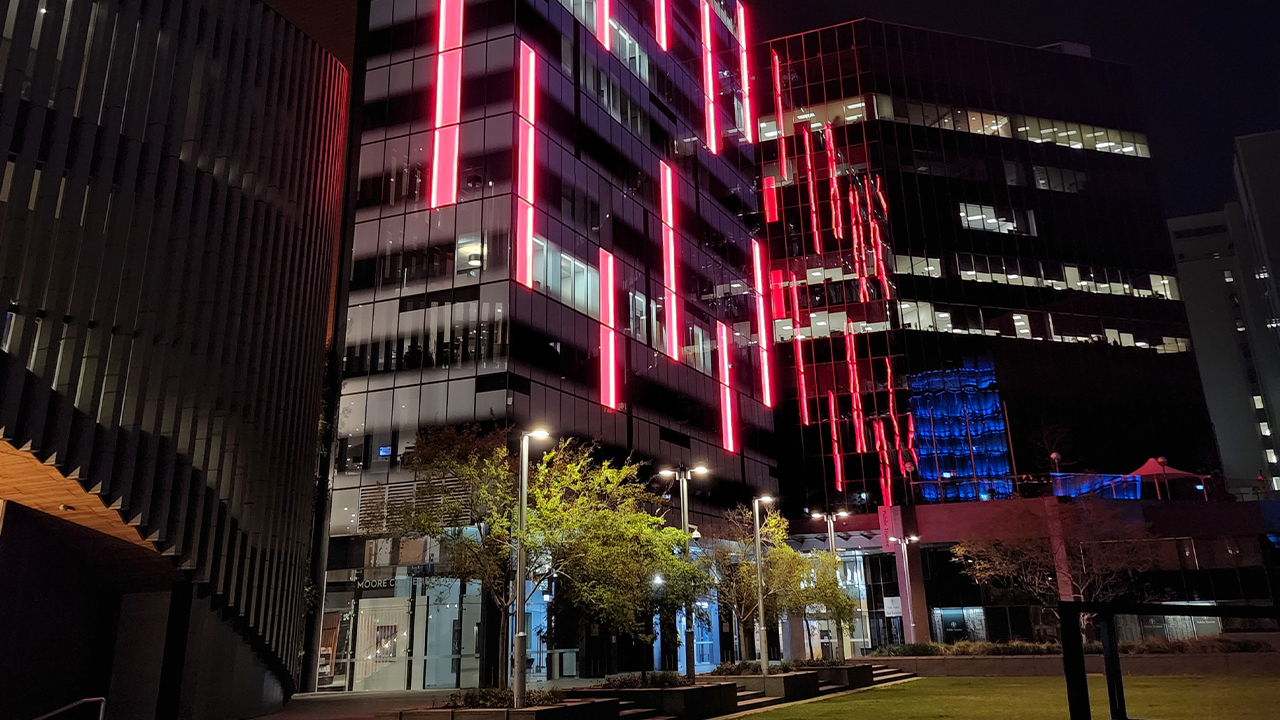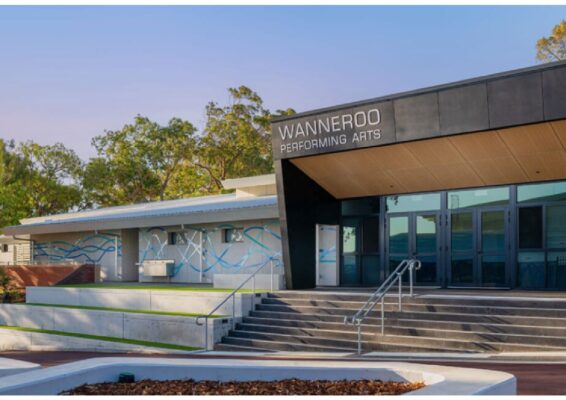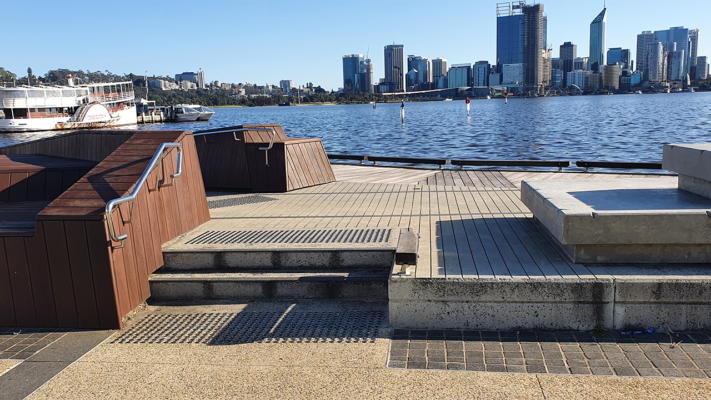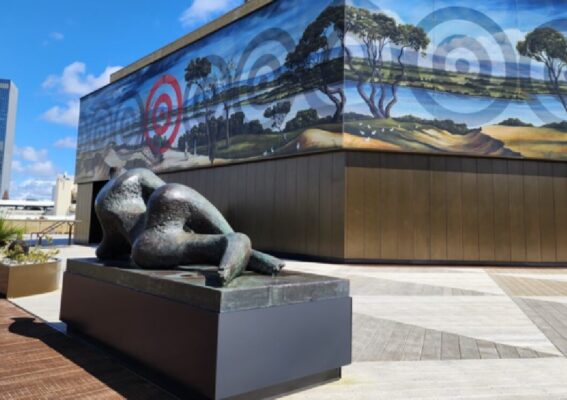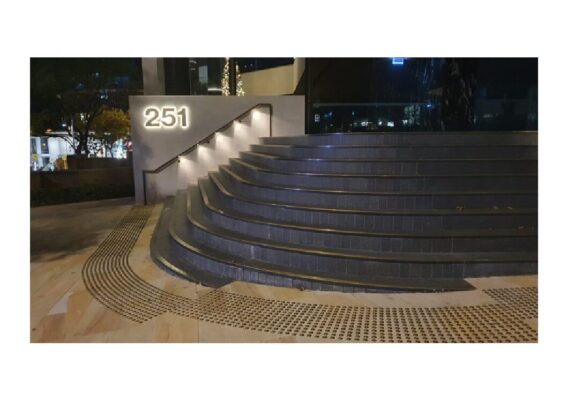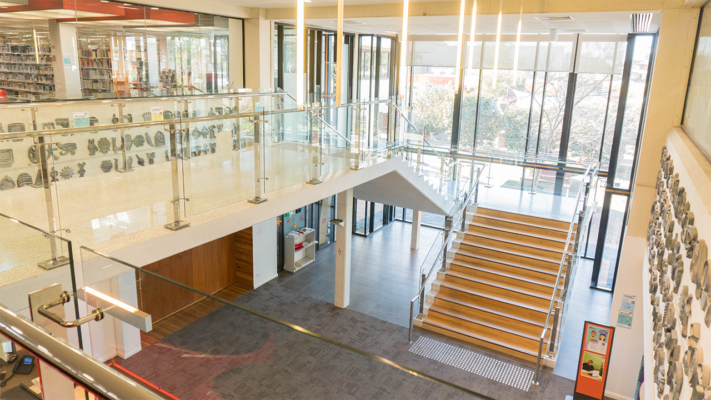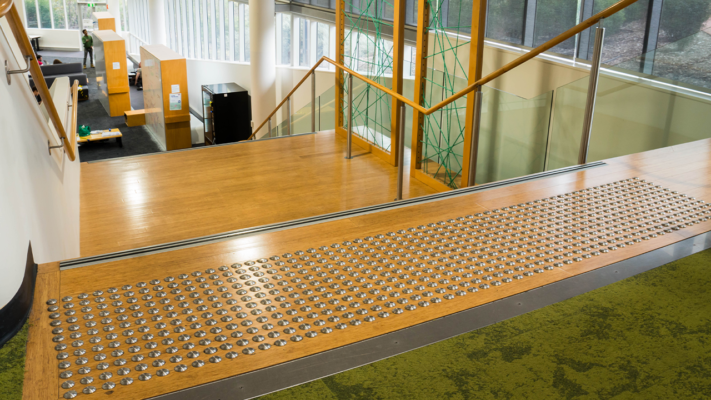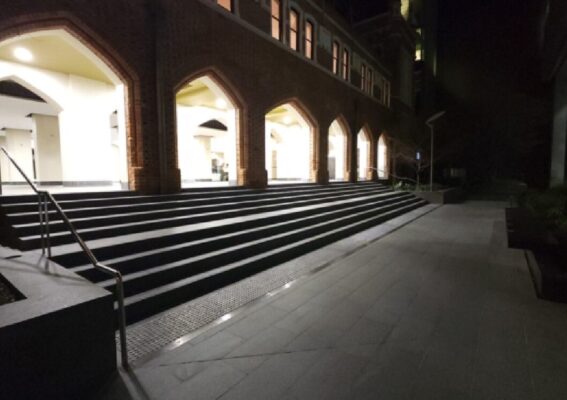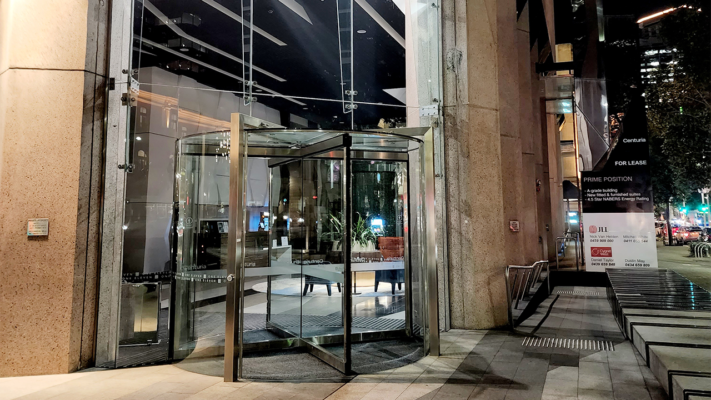In Western Australia, the Church House building stands as an architectural gem, epitomizing history, tradition, and grandeur. However, this magnificent structure also needed to meet contemporary accessibility standards to ensure it welcomed individuals of all abilities. Dottac, a renowned company specializing in tactile solutions, took on the challenge of preserving the building’s heritage while enhancing its accessibility. In this endeavor, tactile indicators played a pivotal role in transforming the Church House into an inclusive and welcoming space.
The Church House building in WA is not just a historical landmark; it’s a testament to the region’s rich heritage and cultural significance. Constructed in a bygone era, the building features stunning architectural details and intricate designs that have captivated generations. However, it became evident that the building needed to be brought up to modern standards of accessibility to ensure that it could be enjoyed by everyone.
Dottac, a leader in the field of tactile solutions, was chosen to undertake this ambitious project. The company’s extensive experience in creating tactile indicators for various environments made them the ideal choice for preserving the Church House’s heritage while enhancing its accessibility. Dottac’s team understood the delicate balance required between maintaining the building’s historic charm and integrating modern accessibility features.
Tactile indicators are tactile ground surface indicators (TGSIs) designed to provide guidance and information to individuals with visual impairments. These indicators are instrumental in creating an accessible environment by offering tactile cues that help people navigate safely and confidently.
For the Church House project, Dottac’s team meticulously designed and installed tactile indicators at strategic locations. These included entrances, staircases, ramps, and other critical areas, ensuring that individuals with visual impairments could navigate the building with ease. The tactile indicators incorporated raised dots and patterns, providing tactile feedback and signaling transitions in the environment.
One of the significant challenges in this project was seamlessly integrating the tactile indicators into the Church House’s historic architecture. Dottac’s team worked closely with architects and preservation experts to ensure that the installation did not compromise the building’s visual integrity.
The tactile indicators were carefully chosen to complement the building’s existing aesthetics. They were available in a range of materials, colors, and finishes, allowing for a harmonious integration. In this case, a classic stainless steel finish was chosen to align with the Church House’s timeless elegance.
Beyond aesthetics, the tactile indicators significantly enhanced safety and inclusivity within the Church House. These indicators provided clear guidance to individuals with visual impairments, helping them identify potential hazards, staircases, entrances, and directional cues. By doing so, Dottac contributed to making the building not only accessible but also safer for all visitors and occupants.
Preserving a historic building while ensuring accessibility requires a high level of customization. Dottac’s team understood that the Church House project demanded unique solutions. They worked meticulously to ensure that the tactile indicators met the specific needs of the building while adhering to accessibility standards.
This customization extended to the choice of tactile patterns and layouts. Dottac’s experts collaborated with accessibility consultants to design layouts that maximized safety and convenience while respecting the building’s architectural heritage.
The Church House project by Dottac serves as an inspiring example of how heritage preservation and accessibility can coexist. Dottac’s tactile indicators not only respected the history and charm of the Church House but also enhanced its accessibility, allowing it to serve the community better.

